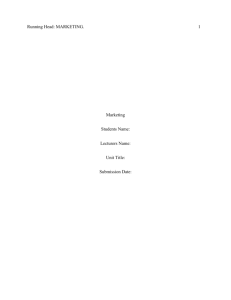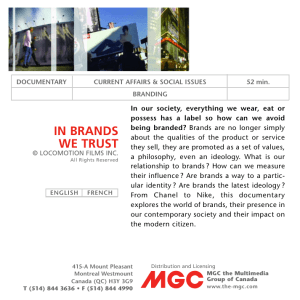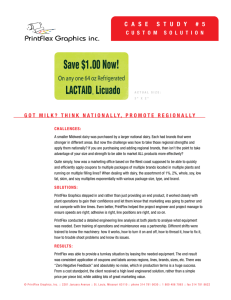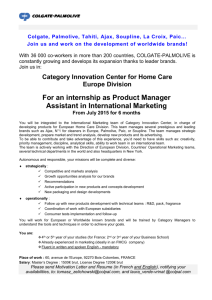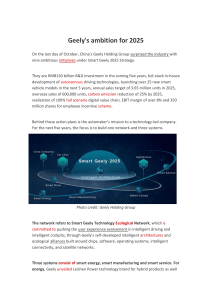Shirley Lam
advertisement
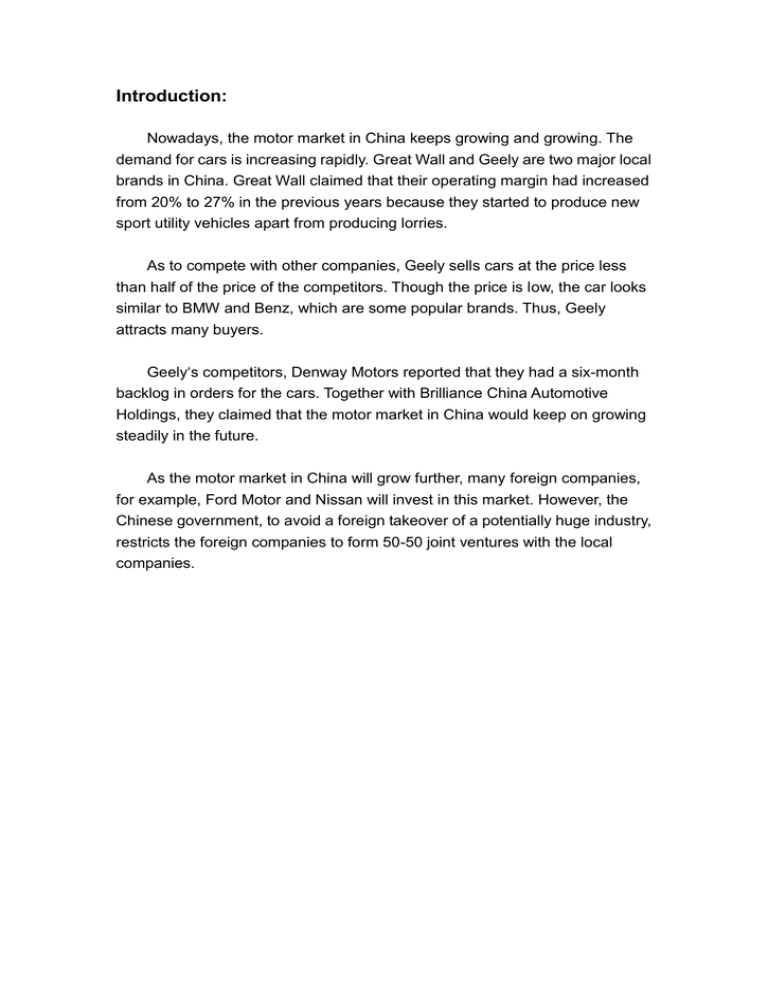
Introduction: Nowadays, the motor market in China keeps growing and growing. The demand for cars is increasing rapidly. Great Wall and Geely are two major local brands in China. Great Wall claimed that their operating margin had increased from 20% to 27% in the previous years because they started to produce new sport utility vehicles apart from producing lorries. As to compete with other companies, Geely sells cars at the price less than half of the price of the competitors. Though the price is low, the car looks similar to BMW and Benz, which are some popular brands. Thus, Geely attracts many buyers. Geely‘s competitors, Denway Motors reported that they had a six-month backlog in orders for the cars. Together with Brilliance China Automotive Holdings, they claimed that the motor market in China would keep on growing steadily in the future. As the motor market in China will grow further, many foreign companies, for example, Ford Motor and Nissan will invest in this market. However, the Chinese government, to avoid a foreign takeover of a potentially huge industry, restricts the foreign companies to form 50-50 joint ventures with the local companies. Analysis: Since the 1970s, the Chinese government has implemented an open door policy and economic reforms. It has added more “market elements” into its economy. People had more freedom in buying, owning and selling their properties. Firms could decide what goods to be produced and the price they would charge. However, compared with Hong Kong, China seems to have a long way to go to become a market economy. In this case, the Chinese government puts restriction on foreign investment. The foreign companies must combine with local companies. The government does not want the foreign companies to monopolize the motor market in China. So as to protect its own companies, it adopts this measure. We can see that, the government in China still plays an important role in solving the problems of resources allocation. The proportion of command economy is still greater than that of the market economy. Therefore, China is still called a command economy. On the other hand, as China has entered the World Trade Organization, further opening of China is expected. Since China has planned to change into market economy and carried out different approaches, the demand for cars in China increases rapidly. (D1 D2 Fig.1) Although the supply of cars increases due to investments of the foreign manufacturers, it still cannot meet the demand. There is an excess demand in the motor market in China. The market price is lower than that equilibrium price (P1 < Pe Fig.1), quantity demanded is greater than the quantity supplied. Therefore, there will be an upward pressure on price. (P1 P2 Fig.2) P S1 S2 Excess demand 1 P1 Excess demand 2 0 Q1 D1 Q2 D2 Q Fig.1 P S1 S2 P2 P1 D1 0 Q1 D2 Q2 Q Fig.2 Cars Moreover, as the production cost of cars is cheaper in China while that of the foreign countries are higher. The price of the local brands is relatively lower than the foreign ones. Also, the local brands and the foreign brands are substitutes that can be replaced by each other. As consumers prefer local brands rather than foreign brands because of cheaper price and high qualities, the demand for the cars of local brands increase. (S1 S2) The demand curve for the cars of foreign brands will shift to the left, from D1 to D2. P S1 P2 P1 D2 D1 0 Q1 Q2 Q Great Wall/Geely (China’s local brands) P P D2 0 D1 Q Toyota Motor/Benz/BMW/Nissian (Competitors of other countries, i.e. foreign brands)

